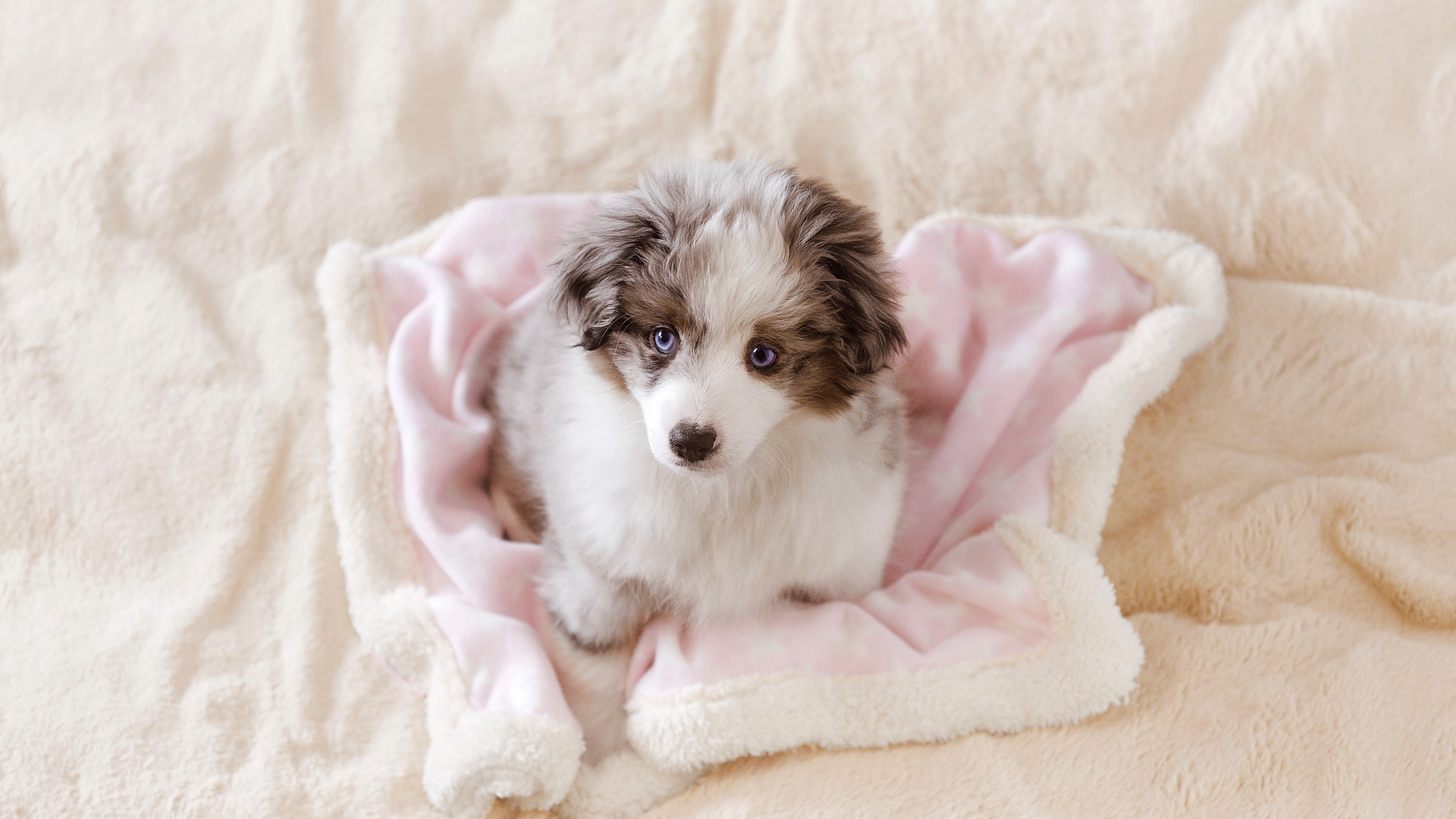
Fleas And Your Puppy
Stop the itch!
Fleas are tiny parasites that feed on the blood of animals, or sometimes people if they get the chance. Puppies can pick them up very easily and you need to try and stop them getting established on your pet, as once they begin to multiply they can cause some serious health problems. They can even infest your home and are tricky to get rid of.
More about fleas and your puppy
Fleas are small, wingless insects that, despite their inability to fly, can travel huge distances by jumping. To survive fleas must feast on warm blood, and they aren’t fussy – most household pets can be bitten by fleas, and sadly humans are also at risk too.
There are two common species of flea, cat fleas and dog fleas. Surprisingly, despite this naming, both of these species can bite and live on your pets, so in reality it doesn’t matter which species of flea has got onto your puppy!
Signs of a flea infestation include:
- Your puppy is licking or biting at their skin. If you have more than one dog, or any other furry pets in the home, you may see them also itching. You may even be itching yourself, and see red bumps on your skin where fleas have bitten.
- Flea dirt. Flea eggs are white and hard to spot, but flea dirt (a mixture of flea poo and dried blood) can often be seen on the skin of pets who have fleas. This looks like little reddish brown specks. A good test to see if specks on your puppy's coat are actual dirt or flea diet is the wet paper test. Get some damp paper towel or cotton wool and gently wipe up some of the specks. If the area around the speck turns reddish-brown, it's flea dirt.
- Live fleas. You may be able to see live fleas in your puppy's coat if you part the fur or stroke them backwards. Fleas are very fast though, and can be difficult to spot! Around the base of the tail and on the tummy are good areas to look.
- Hair loss and sores. If your puppy is itching a lot, they may damage their skin, leading to sores developing and hair loss.
- Anaemia. In young puppies, a flea infestation can cause so much blood loss that the puppy becomes anaemic. This can look like weakness, and pale gums.
- Tapeworms. If your puppy has a tapeworm, it may have come from a flea. Tapeworms can survive inside fleas, and get transmitted into your puppy if they accidentally consume the flea when licking their coat.
The best way to keep fleas at bay is to treat your puppy regularly with a good quality flea treatment. There are a number of different options, but not all of them may be suitable for your puppy, so you should check with a Companion Care vet as we will be able to give you the most appropriate advice for your pet.
Although the summer is the most common time to see fleas, vets also see peaks in flea populations in winter, when central heating tends to warm up houses. This means that flea protection should be given year round, not just seasonally.
Your vet will help advise you on when to start flea protection, but for most puppies the first treatment can occur once they are six to eight weeks old. The exact age will depend on the type of flea treatment chosen and the weight of your puppy.
Flea protection comes in many forms, including pills, spot-ons and collars. Weaker preparations and drugs are available in pet shops, but the most effective prescription flea protection can only be sourced via a vet.
Many of the flea preparations your vet can offer will also cover your puppy for a range of other parasites as well, giving you peace of mind.
Discussing flea protection with your local vet will help you make the right choice for you and your pet.
If your puppy already has fleas, don’t panic! Although an infestation can take time to eradicate, your vet will help provide you with everything you need to get on top of fleas in your home.
The main points to remember are that you need to:
- Treat all dogs and cats in the home with flea treatment. Check other furry family members carefully to check they are not also infested, and treat if required.
- Treat ALL through your home
- Treat pets with flea treatment regularly going forward.
- Flea treatment for all pets
- Flea-killing house spray (make sure to read to safety label)
- Carpet cleaning
- Regular hoovering and sweeping, including in the darkest and hardest to reach areas. Don't forget to throw away the dust bag from your vacuum cleaner after every use, else the flea larvae may escape back out!
- Hot washing fabrics at over 60 degrees, as this will destroy any fleas.
By doing all the above you can dramatically reduce the number of fleas in your home. The flea treatment for your pets will turn them into walking ‘flea killers’ and means that adult fleas will die without producing any more eggs. By treating the house, you will kill or remove many of the eggs and pupae that can be found in the home.
Join our VIP puppy club
Join our VIP club to receive advice, rewards, savings and a host of offers including £30 off Complete Care Junior or Complete Care. Plus, every swipe of your VIP card helps animals in need near you.

